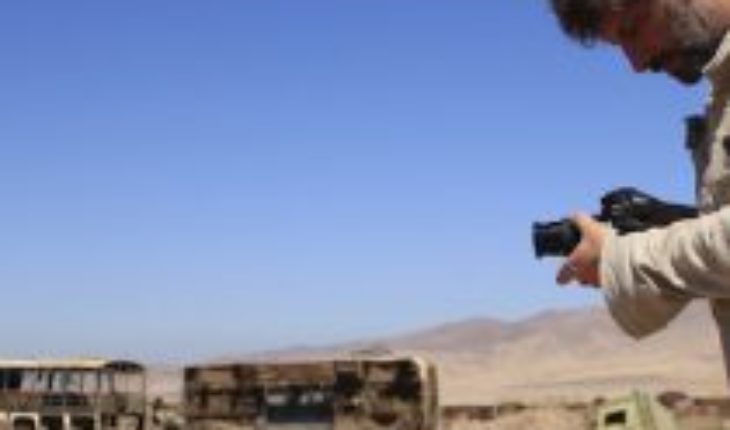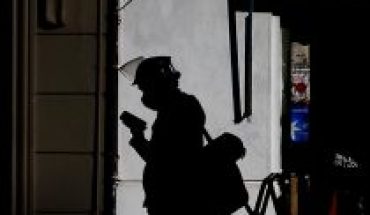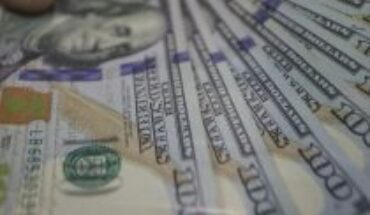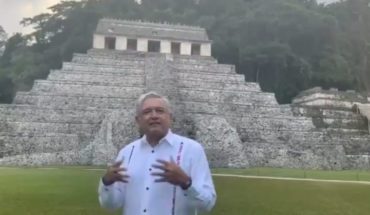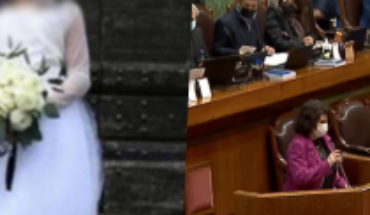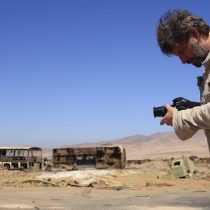
, is much more than two months of exhibitions open to the public for free, throughout Antofagasta. As in his previous editions, this 2020 begins his activities open to the community in March, this time, opening his ninth version with the presence in Antofagasta of the French conceptual artist Fabrice Michel who will hold the talk Where is the art in an artwork (if any)? (Where is the art in a work of art (if it is)?), in the units of the Superior Latin American Institute of Art, ISLA (General Lagos 0874), on Tuesday, March 10 at 5:30 p.m. The activity is open to all audiences.
At the moment, Michel is developing a research residence whose results will be exhibited in the next version of SACO, with the curatorship of Marcos Riesco, Chilean artist and filmmaker based in France.
Regarding his residence and this talk, Michel comments that “I would like to try to find a way that echoes the current social and political situation in Chile and see to what extent this confrontation can find a visual response that remains in the strict field of my personal research.”
For Now or never, the concept on which SACO invited artists from all over the world to participate this year, Michel will spend ten days in Antofagasta conducting field research that will conclude with the presentation of an exhibition: “Now And Never these are two terms that open up plastic and poetic perspectives for me, but also invite us to respond to recent events that push Chile, in the fight for greater social justice. In that context, Now, is the urgent moment of action, but also the description of a state of things that we do not accept. Never, it is as much bewilderment as things do not seem to change as the refusal to submit. Thus, linked to the idea of resistance, “now or never” are two dialectical notions. With my installation I wish to place the viewer in a position to physically experience these dialectics between the now and the never, the here and there, placing him in the center of relations of tension and deformation of time and space, the near and the distant , from the present and of never, ” says the Gallic artist.
Fabrice Michel
Fabrice Michel was born in Tolouse (1973) but for 20 years he has lived and worked in Paris. As a conceptual artist and audiovisual filmmaker, he explores an apparent absence of the work in art. There they have been directed their efforts in both individual and collective exhibitions, among which stand out “Involvements”, a series of collaborations with various art critics and historians who were asked to write a text about a work of his, consisting of the exhibition in the photographic reproduction of each of these writings. He had many similarities with another of his works, “Ratio Essendi”, in which the work of art was nothing more than the contract signed between the artist and different patrons, thus stripping the conditions of art governed by production and sale.
On the other hand, in “Listes étalon” (Lists of stallions), Michel gathered a series of discarded pieces of wood in which he laser engraved, the names of the participants of the group shows to which he has been invited.
In another of his works, “Pavés” (Adoquines), Michel used the granite of the Parisian streets (which used to be thrown at the police during the demonstrations of May 68), cut into perfect cubes of 15 centimeters in length, in which various terms were recorded that were recorded various terms that were recorded they form poems that can be read in any order. For this work, the artist was inspired by Mallarmé’s poem “Le coup de dé” (The Roll of the Dice), playing with the structure of the phrase “a dice throw will never abolish randomness”.
“L.A. Strip” consists of a series of photos taken blindly using the “burst” technique, during rides at Uber in Los Angeles (USA), while in “If trouble was money”, he made a series of digital impressions that reproduce receipts and ballots from shops and warehouses, while with “The 35 steps” he made a large-scale installation with 35 famous sentences of conceptual art written by the artist Sol Lewitt that also became a documentary.

